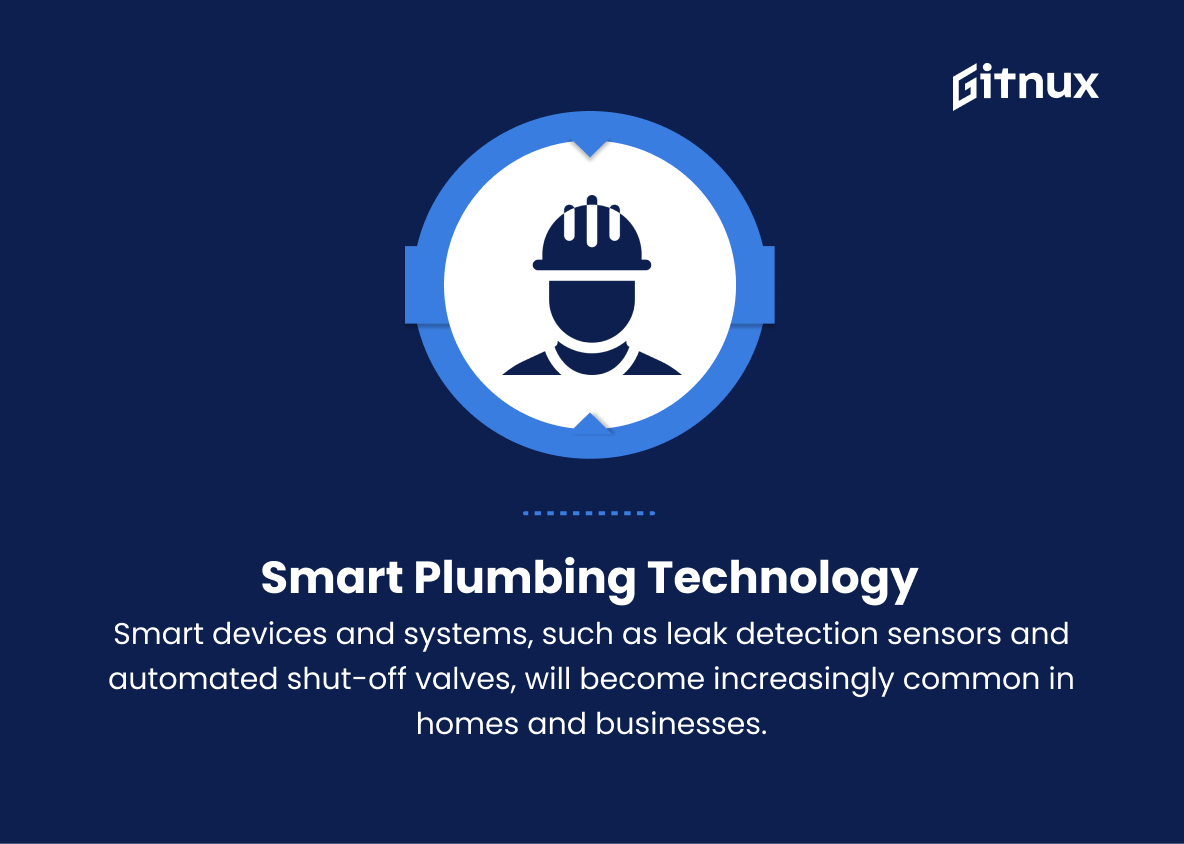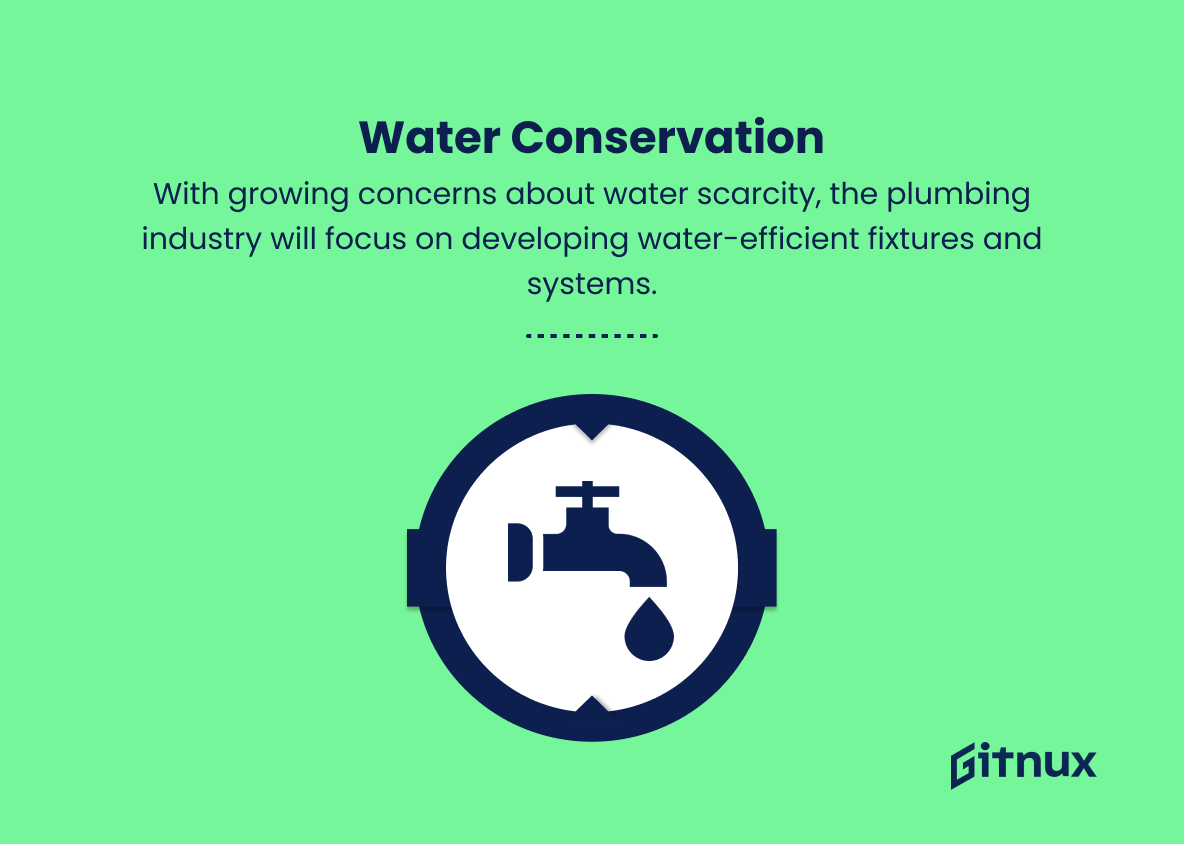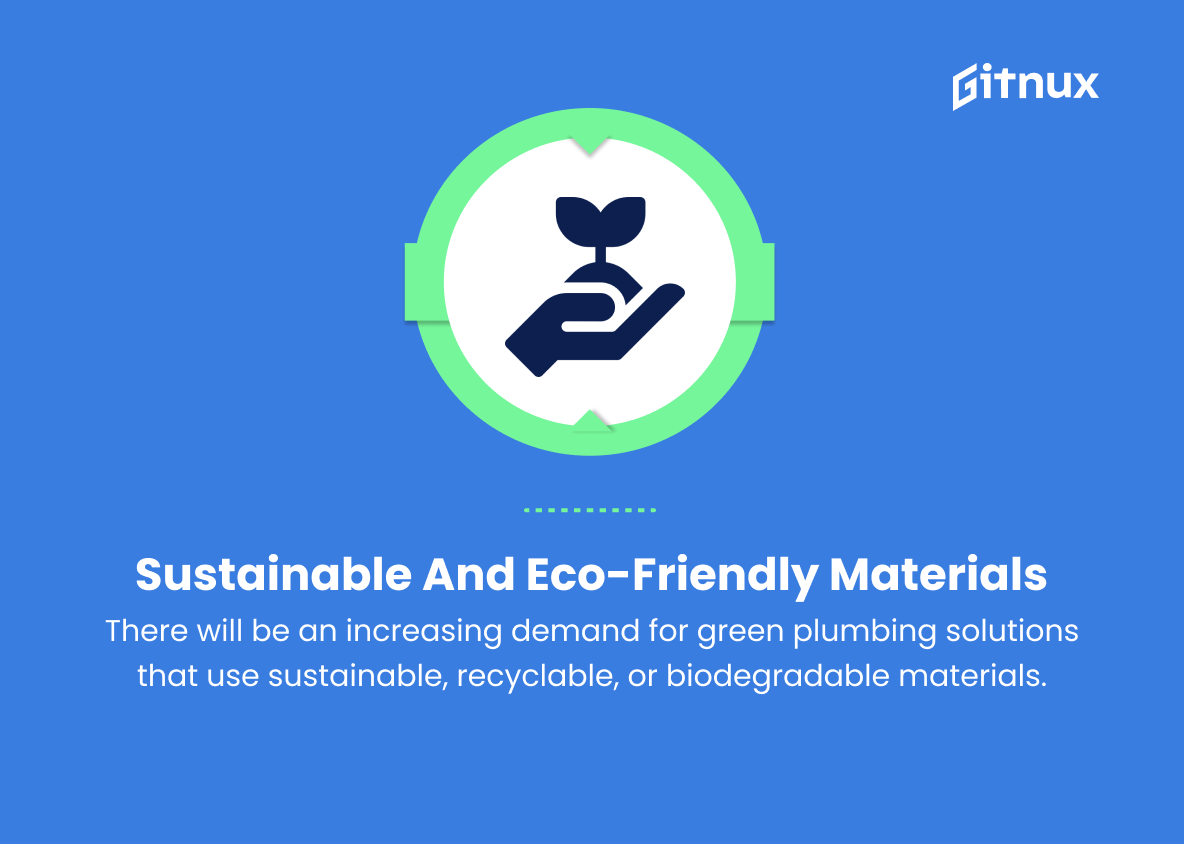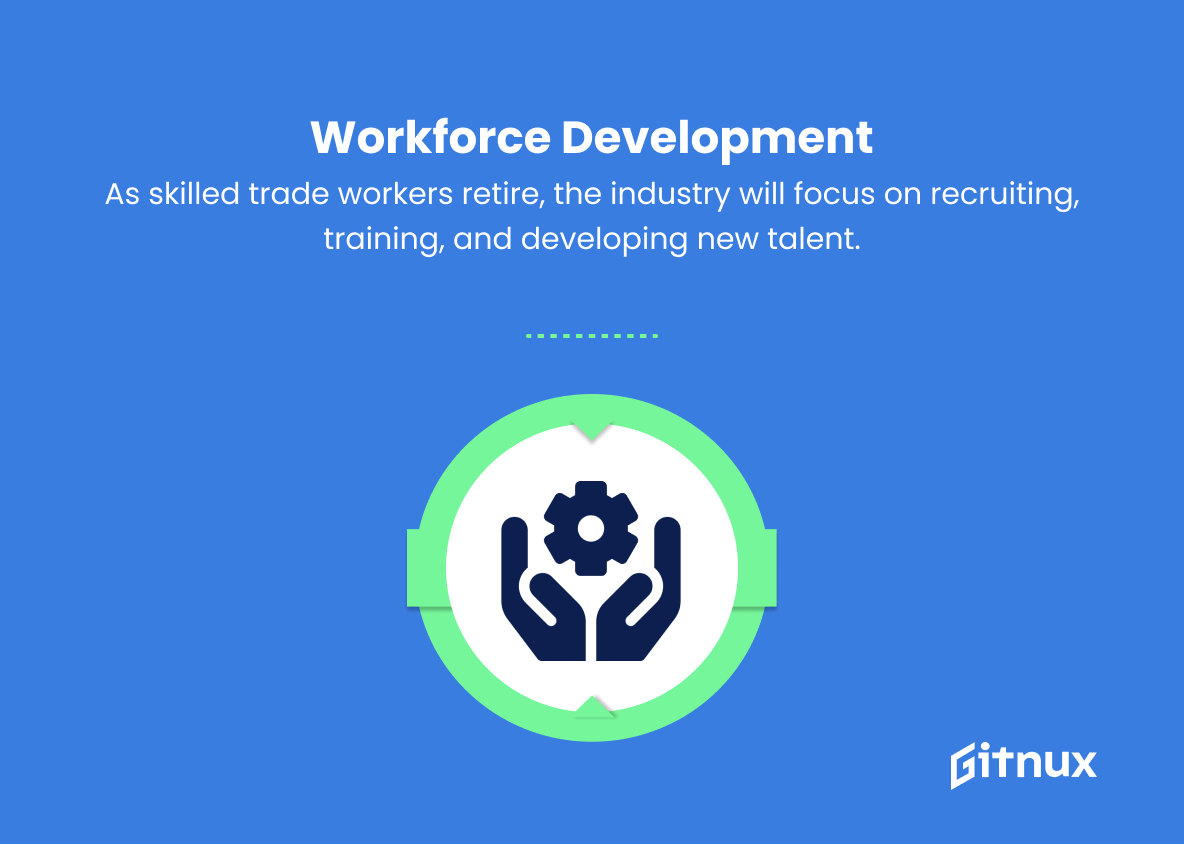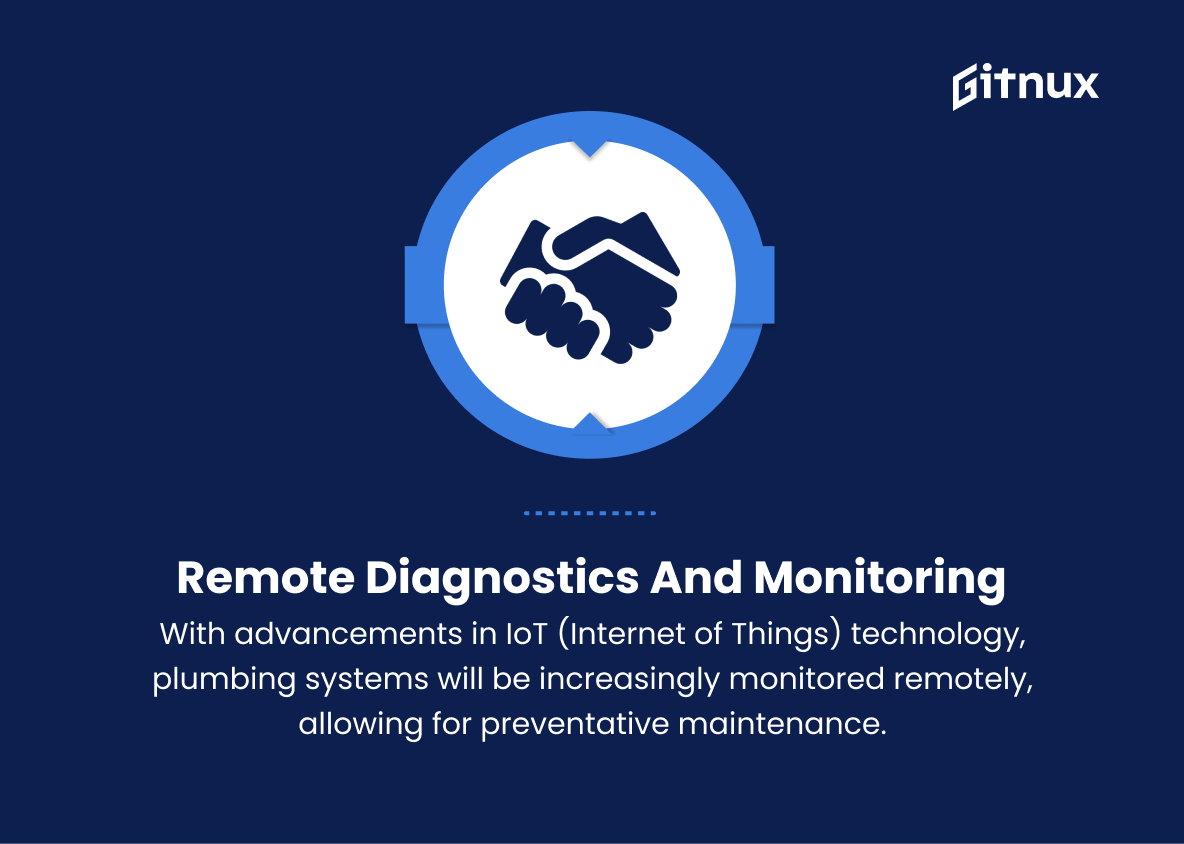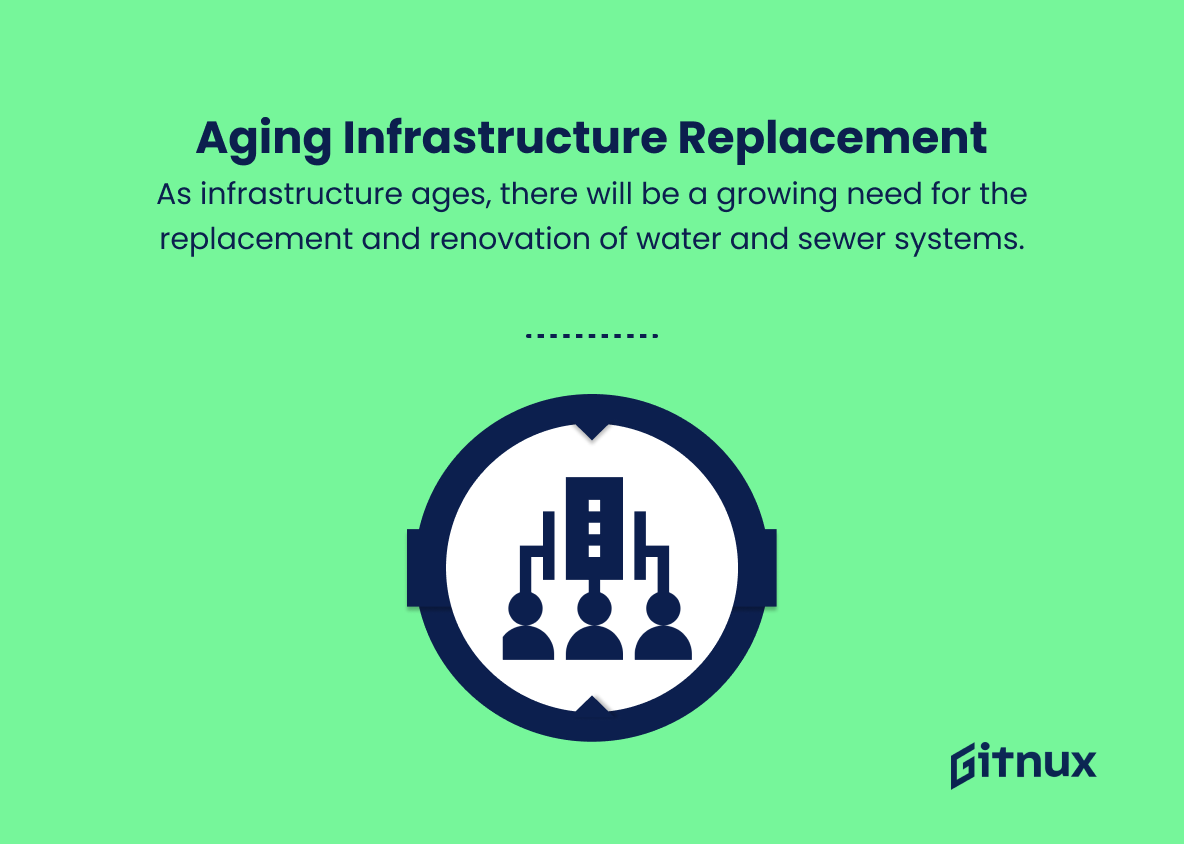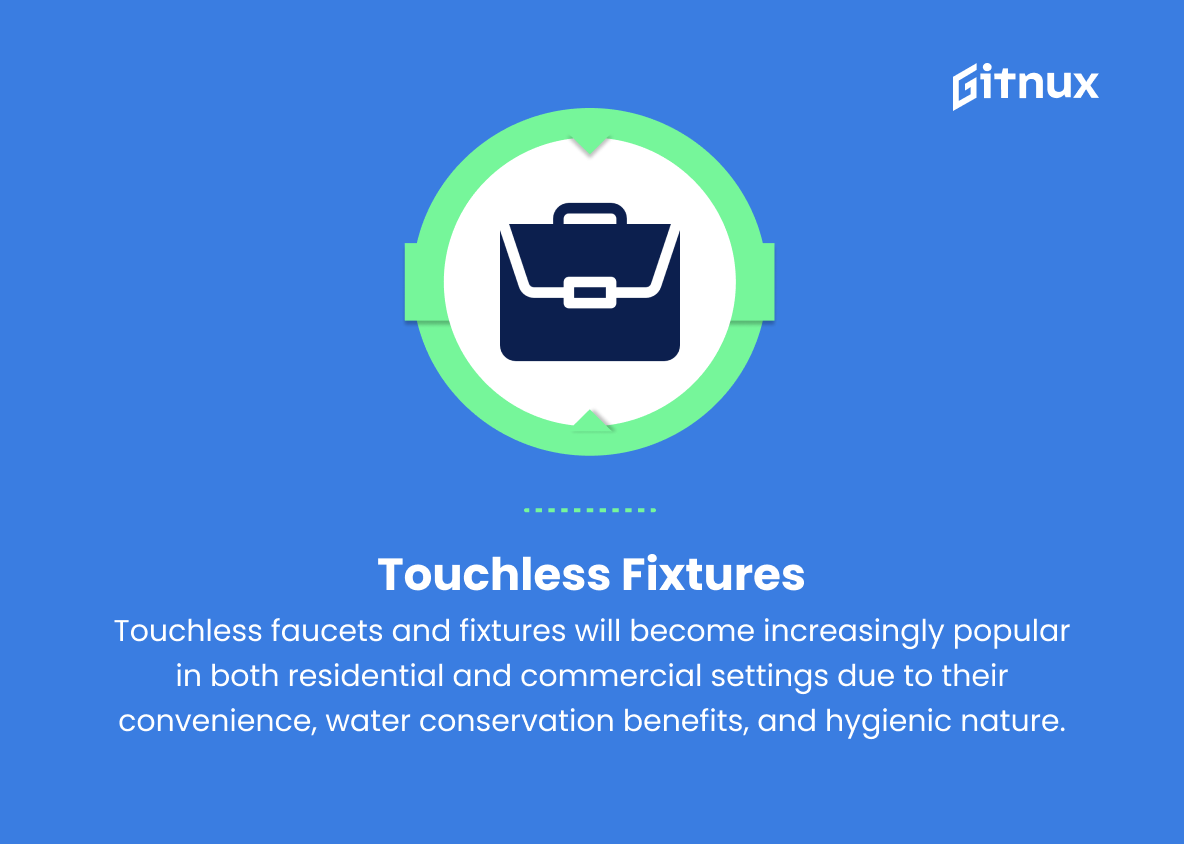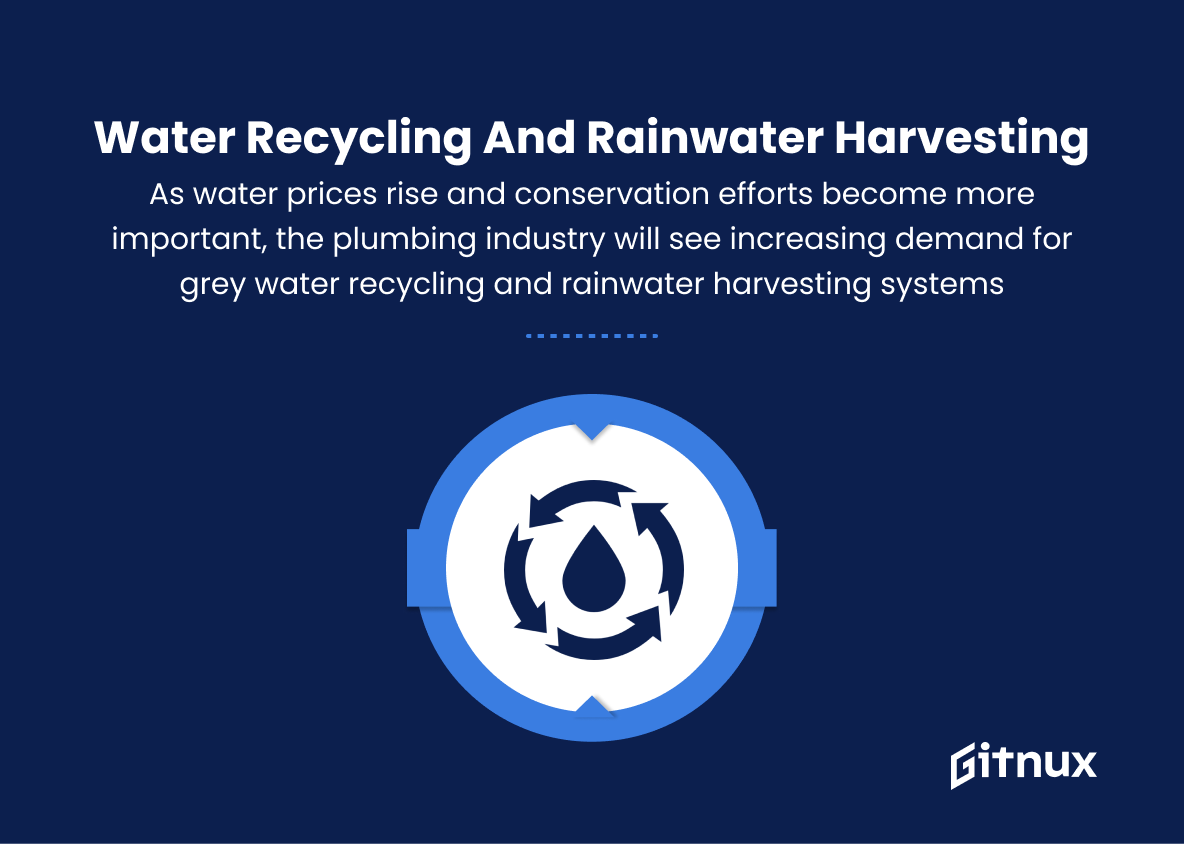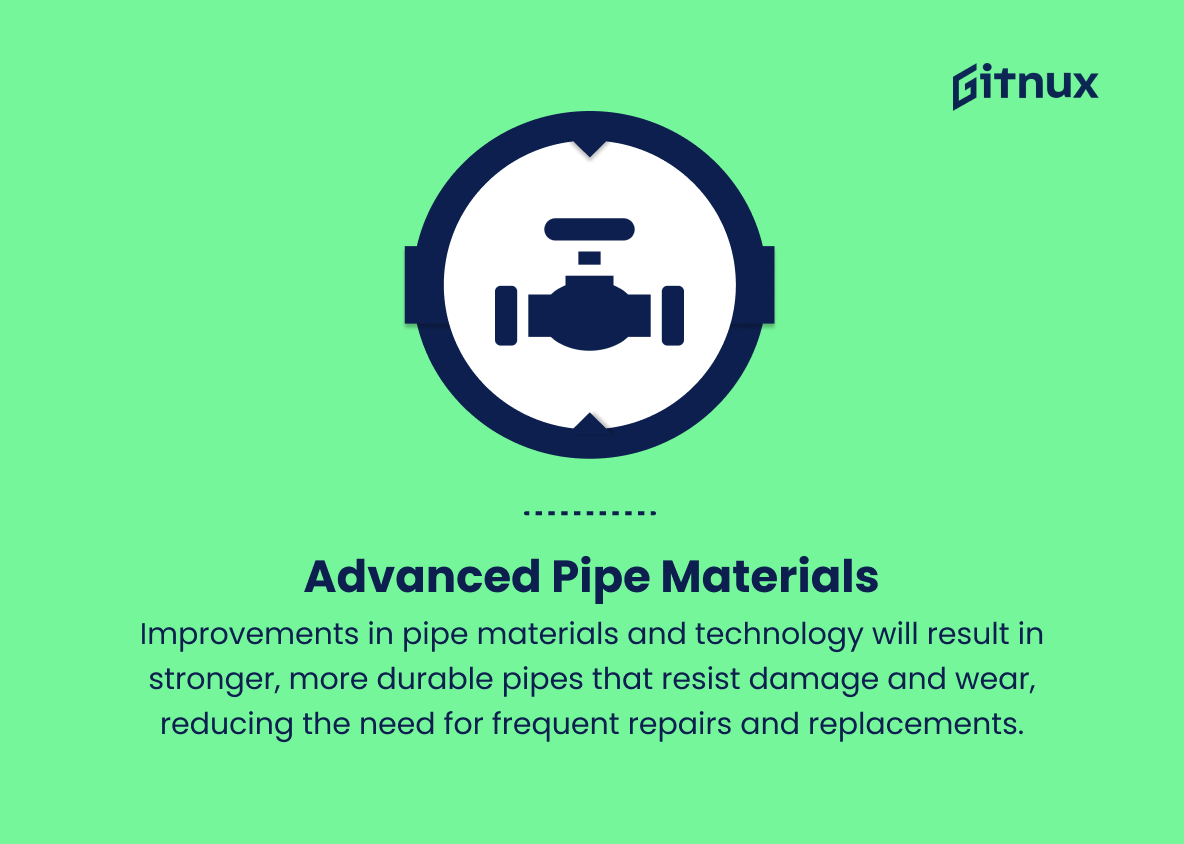In today’s rapidly advancing world, staying informed on the latest developments is essential for professionals in any industry. In the plumbing industry, remaining updated with emerging trends not only promotes growth and evolution, but also ensures the provision of the best possible services to clients.
This blog post delves into the crucial plumbing industry trends that plumbers, contractors, and consumers need to be aware of. From technological innovations and sustainable practices to changing customer preferences and workforce developments, this comprehensive overview will illuminate the factors shaping the future of the plumbing industry and help prepare professionals for the challenges and opportunities that lie ahead.
Top Plumbing Industry Trends
1. Smart plumbing technology
Smart devices and systems, such as leak detection sensors and automated shut-off valves, will become increasingly common in homes and businesses. These technologies will help conserve water and alert property owners to potential plumbing issues before they become more severe.
2. Water conservation
With growing concerns about water scarcity, the plumbing industry will focus on developing water-efficient fixtures and systems. This includes low-flow toilets, faucets with aerators, and efficient shower heads designed to reduce water consumption and waste.
3. Sustainable and eco-friendly materials
There will be an increasing demand for green plumbing solutions that use sustainable, recyclable, or biodegradable materials. These may include pipes made of recycled materials, lead-free plumbing components, and water filters that reduce the need for plastic bottles.
4. 3D printing in plumbing
3D printing technology has the potential to revolutionize the plumbing industry by enabling the rapid production of custom parts, reducing waste, and speeding up the repair process.
5. Prefabrication and modular construction
To increase efficiency and reduce labour costs, more plumbing systems will be prefabricated and modular, allowing for faster installation and easier maintenance.
6. Workforce development
As skilled trade workers retire, the industry will focus on recruiting, training, and developing new talent. This may involve investing in apprenticeship programs, attracting individuals from diverse backgrounds, and promoting STEM education.
7. Remote diagnostics and monitoring
With advancements in IoT (Internet of Things) technology, plumbing systems will be increasingly monitored remotely, allowing for preventative maintenance and quicker diagnosis of problems.
8. Aging infrastructure replacement
As infrastructure ages, there will be a growing need for the replacement and renovation of water and sewer systems. This may lead to an increased demand for trenchless pipe repair and replacement techniques, such as pipe bursting and cured-in-place pipe lining.
9. Touchless fixtures
Touchless faucets and fixtures will become increasingly popular in both residential and commercial settings due to their convenience, water conservation benefits, and hygienic nature.
10. Grey water recycling and rainwater harvesting
As water prices rise and conservation efforts become more important, the plumbing industry will see increasing demand for grey water recycling and rainwater harvesting systems that can be used for irrigation, toilet flushing, and other non-potable uses.
11. Advanced pipe materials
Improvements in pipe materials and technology will result in stronger, more durable pipes that resist damage and wear, reducing the need for frequent repairs and replacements.
12. Tankless water heaters
Energy efficiency is a growing concern in the plumbing industry, and tankless water heaters are expected to become more popular, thanks to their ability to heat water on demand and reduce energy consumption.
Implications
In the coming years, the plumbing industry will experience significant transformations driven by technological innovations and environmental concerns. Smart plumbing technology, including leak detection sensors and automated shut-off valves, will become increasingly commonplace in residential and commercial properties, conserving water resources and proactively addressing potential issues.
Water conservation is already a priority, with a focus on developing efficient fixtures and systems such as low-flow toilets and faucets with aerators. There will be heightened demand for sustainable and eco-friendly materials, as well as cutting-edge technologies like 3D printing, which can revolutionize the production and repair process. Prefabrication and modular construction will make plumbing installations and maintenance more efficient and cost-effective, while a renewed emphasis on workforce development will help to bridge the skills gap in the industry.
Remote diagnostics and monitoring enabled by IoT technology will streamline preventative maintenance and problem-solving, facilitating early intervention and reducing repair costs. Aging infrastructure replacement will increase the demand for trenchless pipe repair and replacement techniques, ensuring minimal disruption to communities. Touchless fixtures are anticipated to become more popular, offering water conservation benefits and improved hygiene in both residential and commercial settings. Grey water recycling and rainwater harvesting systems will also garner interest as water prices rise and conservation efforts escalate.
Advanced pipe materials will result in stronger, more durable systems with fewer repairs and replacements needed, while tankless water heaters will surge in popularity due to their energy efficiency and on-demand heating capabilities. The plumbing industry is poised for a future of innovation, sustainability, and growth as these trends continue to shape the sector.
Conclusion
In conclusion, the plumbing industry has evolved significantly in recent years, driven by technological advancements, a growing emphasis on sustainability, and changing customer preferences. As a result, plumbing professionals must adapt to these trends to remain competitive and relevant in the market.
By embracing innovations, prioritizing energy efficiency, and providing exceptional customer experiences, the plumbing industry stands poised for continued success and growth. Ultimately, staying educated about these trends, and being prepared to implement them, will determine the future trajectory of the plumbing profession and shape the industry as a whole.
